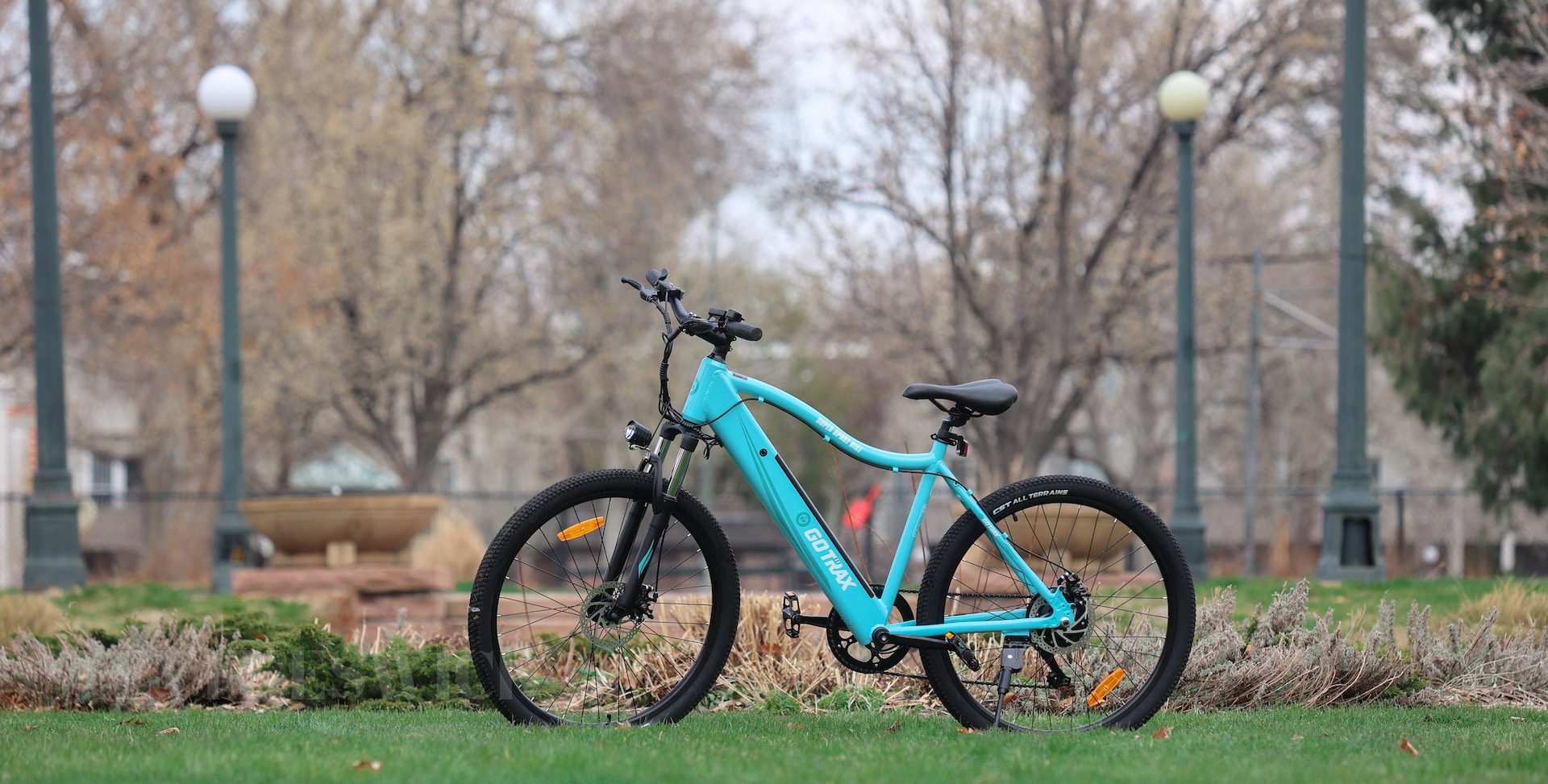Key Takeaways:
- Ride1Up provides a more affordable and lightweight option, making it perfect for everyday commutes, while Rad Power bikes are ideal for rugged, off-road adventures due to their robust frame.
- While both brands come with similar price points and quality, Rad Power’s established reputation and comprehensive after-sales service make it a trustworthy choice.
- With higher torque and sleeker designs, Ride1Up might be a good choice for someone preferring speed and aesthetics, whereas Rad Power’s strength lies in its powerful motor, enhanced utility features, and superior after-sales service.
- Ride1Up 700 Series has a significant edge over RadCity Plus in terms of motor power and speed.
Ride1Up and Rad Power Bikes: California’s E-Bike Powerhouses
In the vast universe of e-bikes, two American brands have carved a niche for themselves: Ride1Up and Rad Power Bikes. Both have found a home in sunny California and cater to a clientele that craves efficiency and sustainability.
Rad Power Bikes, the larger and more established of the two, has built its reputation on rugged e-bikes perfect for recreational use. Meanwhile, Ride1Up, although younger and smaller, has made significant strides in the market with its affordable and aesthetically pleasing e-bikes designed for practical daily commuting.
While they both guarantee excellent quality and similar price ranges, the fundamental differences between the two brands become apparent in the details of their design, motor power, and overall use.
The Urban Commuter’s Best Friend: The Sleek and Efficient Ride1Up E-Bikes
Ride1Up electric bicycles are designed for daily city commuting. Their lightweight frames, integrated batteries, and sleek styles appeal to those who want to blend in while navigating urban landscapes. Despite being more affordable than many other e-bikes, they don’t compromise on performance, offering high torque and a pedal-assist speed of up to 28 mph.
The only potential downside to Ride1Up is that it is a relatively new player and might not have as extensive customer support as its more established competitor, Rad Power. Additionally, some of the utility features like rear racks or fenders may be optional, adding to the overall cost. However, their blend of aesthetics, affordability, and performance makes Ride1Up e-bikes an attractive choice for the urban commuter.
The All-Terrain Champion: The Robust and Versatile Rad Power Bikes
Rad Power Bikes has earned a reputation as a reliable and diverse e-bike brand. Their e-bikes are designed for a wide range of uses, from commuting and road cycling to off-road adventures. Their thicker, wider tires make them perfect for tackling uneven terrain, while seamless gear transition technology ensures a smooth ride.
Although Rad Power Bikes are typically heavier and less sleek than their Ride1Up counterparts, they excel in utility and power. They also offer superior after-sales service, a major plus point for any potential buyer.
The Ultimate Showdown: Ride1Up 700 Series vs RadCity Plus
When we pit two of the most popular models against each other, the Ride1Up 700 Series and RadCity Plus, the differences become clearer. While both are designed for urban riding, they differ in motor power, design, weight, and additional features.
Ride1Up 700 Series outperforms the RadCity Plus in terms of motor capacity and speed, making it an excellent choice for those needing a high-performance e-bike. However, with its robust frame, greater sustained motor power, and additional utility features, the RadCity Plus can serve a wide variety of purposes.
In conclusion, the Ride1Up versus Rad Power debate boils down to personal preferences and needs. Whether it’s speed and style you desire or ruggedness and versatility, both brands offer exceptional options in the world of e-bikes.








